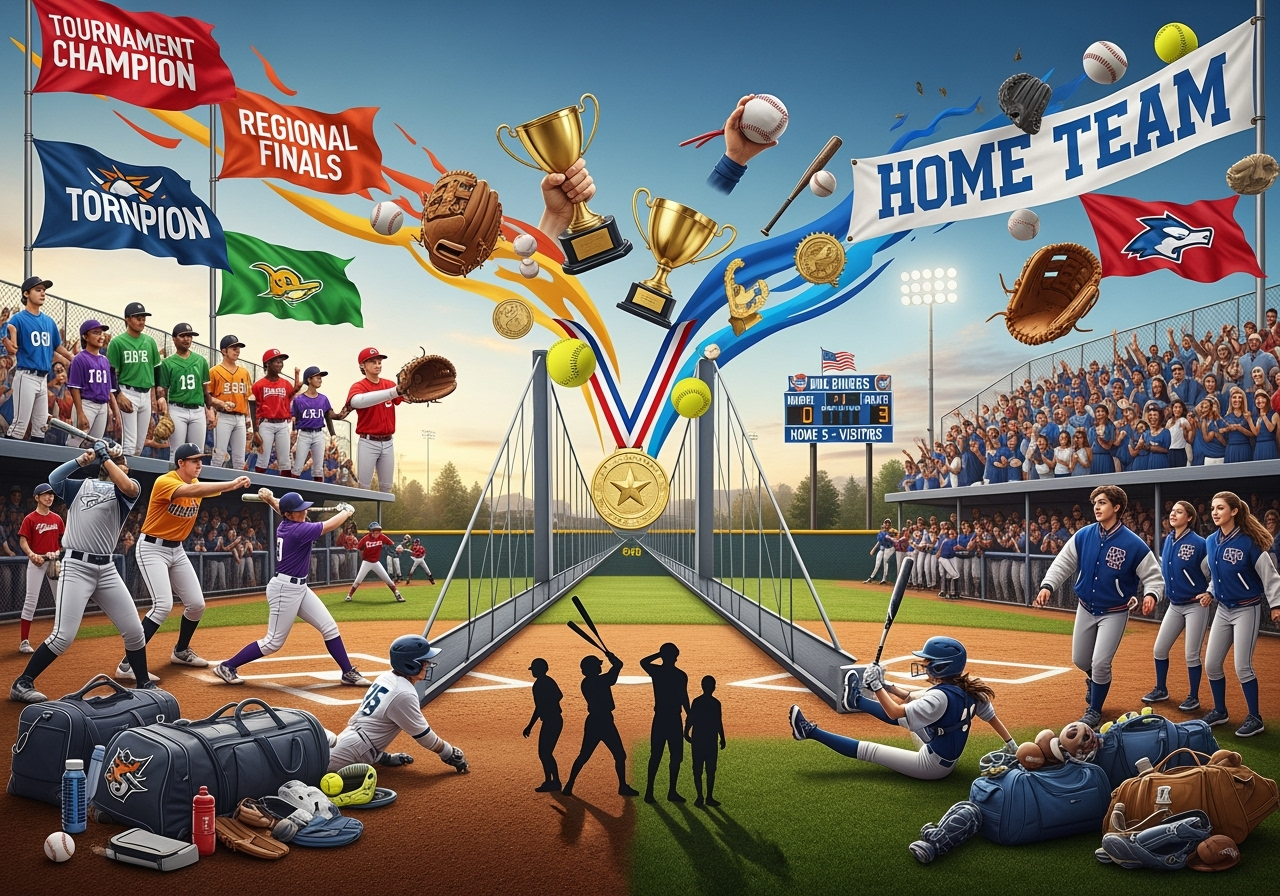Field Notes

Picture this: A youth travel ball team rents time at a training facility. During practice, the facility owner—someone who's spent years developing athletes—notices something. A mechanical flaw. A safety concern. An opportunity for improvement. They offer a quick tip or suggestion. And the coach? They shut down. Cold shoulder. Defensive body language. Sometimes they'll hit you with the classics: "My team is the best." Or "I've been coaching this team for two years." Or the real gem: "My kid already sees a different instructor." The unspoken message rings loud and clear: Mind your business. Here's what that coach doesn't realize: they just taught their athletes a lesson. And it wasn't about baseball or softball. You're Not Being Charged for the Help When a facility owner shares coaching insight during your rental, they're not adding it to your bill. They're not trying to embarrass you. They're not implying you're incompetent. And they're definitely not trying to sell you their services. These facility owners work with athletes every single day. They see what works and what doesn't across dozens of teams, hundreds of players, and countless skill levels. When they share an observation, it's not about ego or control. It's about seeing an opportunity to help a kid improve—and taking it. That's free expertise. Free mentorship. Free insight that most people would pay good money for. Why would anyone be offended by that? "My Kid Already Sees a Different Instructor" When a facility owner offers a quick tip and you respond with "my kid already has an instructor," what you're really saying is: I think you're trying to steal my business or my athlete. But here's the reality: Nobody is trying to sell you anything. A facility owner pointing out a mechanical adjustment isn't a sales pitch. It's a professional seeing an opportunity to help and doing what professionals do—sharing knowledge. And here's another truth: even if your kid does work with a different instructor, that doesn't mean they can't benefit from additional perspective. The best athletes in the world have multiple coaches, trainers, and mentors. Your kid working with one instructor doesn't mean they've learned everything there is to know. Treating a helpful tip like a sales pitch says more about your insecurity than the facility owner's intentions. What Happens When These Kids Hit Middle School and High School Here's the reality check that every youth travel ball coach needs to hear: Your two years of coaching doesn't prepare these kids for what's coming. When your players get to middle school and high school, everything changes: They'll have multiple coaches with different philosophies. If you've taught them that there's only one right way—your way—they're going to struggle to adapt. They'll face coaches who won't coddle their ego. High school coaches don't care that your travel ball team went 25-5 last summer. They care about results, coachability, and work ethic. Kids who've been shielded from outside input will crumble under real coaching pressure. They'll compete against kids who've learned from multiple sources. While your players were being taught that accepting help from others is disloyal, their competition was absorbing knowledge from every coach, trainer, and mentor they could find. They'll need to be coachable—or they'll ride the bench. High school coaches cut players who can't take feedback. They bench athletes who get defensive when corrected. If you've modeled that behavior for two years, you've set these kids up to fail when it matters most. The talent pool gets deeper and the margin for error shrinks. That kid who dominated 12U travel ball? He's now competing against 50 other kids for 15 roster spots. The players who make it aren't always the most talented—they're the most coachable, the most adaptable, the ones who've learned from everyone around them. College scouts are watching more than skills. They're evaluating attitude, coachability, and character. A player who's been taught to dismiss coaching input sends up massive red flags. Youth travel ball is supposed to prepare kids for the next level. But when you reject collaboration and model ego-driven behavior, you're creating athletes who can't adapt to different coaching styles, get defensive when corrected, and miss development opportunities because they're too proud to accept help. And here's the brutal truth: when these kids get cut from their middle school or high school team, or when they ride the bench because they can't be coached, that's on you. Is There Really a Place for Ego in Baseball or Softball? No. There isn't. Baseball and softball are games of constant adjustment, failure, and learning. Even the best hitters fail seven out of ten times. The game humbles everyone eventually. When you reject help because you're worried about looking like you don't know something, you're bringing ego into a sport that doesn't have room for it. When you dismiss expertise because you feel threatened, you're prioritizing your feelings over your athletes' development. Ego has no place in youth sports. Period. The coaches whose players thrive at the next level? They're the ones who check their ego at the door, stay curious, remain coachable themselves, and teach their athletes to do the same. Your Athletes Are Watching Your players see everything. They watch how you handle feedback. They notice when you get defensive. They hear you dismiss expertise. When you reject help from a facility owner, here's what you're actually teaching them: Ego matters more than growth - Looking like you know everything is more important than learning something new There's only one right way—your way - This kills creativity and creates athletes who can't adapt when they hit high school Accepting help makes you weak - But high school coaches reward coachability with playing time Confidence means never admitting you don't know something - Real confidence says, "That's interesting—tell me more" Every piece of advice is a sales pitch - This cynicism will cost them opportunities at every level You think you're protecting your authority. What you're actually doing is capping your athletes' potential and setting them up to struggle when the competition gets real. We're Supposed to Be on the Same Side Facility owners aren't your competition. They're not trying to steal your team or prove they're better coaches than you. Both of you want the exact same thing—better athletes who reach their full potential and succeed at the next level. These facility owners have seen what happens to kids who make it to the next level—and what happens to those who don't. They know what high school coaches are looking for. They understand what separates the players who thrive from those who flame out. Treating their input like a sales pitch or an attack says more about your insecurity than their intentions. What Ego Actually Costs You When coaches choose ego over collaboration, everybody loses: Your athletes miss out on coaching perspectives that could prepare them for multiple coaching styles at the next level You miss out on becoming a better coach—one whose players actually succeed beyond travel ball Your players struggle at the next level because they've been taught that there's only one way to do things That's a steep price to pay just to protect your ego. Try This Next Time The next time a facility owner offers input during your practice: Actually listen instead of getting defensive Don't assume it's a sales pitch—it's someone trying to help Say thank you—even if you choose not to use the advice Show your athletes what collaborative learning looks like—they'll need that skill at the next level Remember that accepting help makes you stronger, not weaker Think about what happens when these kids face high school coaches—are you preparing them or handicapping them? The best coaches don't need to be the smartest person in every room. They just need to be smart enough to learn from everyone in it. And they need to check their ego at the door—because there's no place for it in baseball or softball, especially when you're preparing kids for the next level. Bottom Line Facility owners who share their expertise during your rental aren't trying to show you up or sell you their services. They're doing what passionate professionals do—helping athletes succeed whenever they see an opportunity and preparing them for what's coming at the next level. If that bothers you, the problem isn't them. It's you. And when your players struggle to make their middle school or high school team because they can't handle coaching from multiple sources, can't adapt to different philosophies, and get defensive when corrected? That's on you too. Your move, coach. Training with Conviction is the Standard. At Progressive Dynamix, we believe every athlete deserves access to every bit of expertise available. We're not here to replace coaches—we're here to support them, collaborate with them, and help every young athlete reach their full potential. When we offer a helpful tip, we're not trying to sell you anything. We're just trying to help kids get better and prepare them for success at the next level.
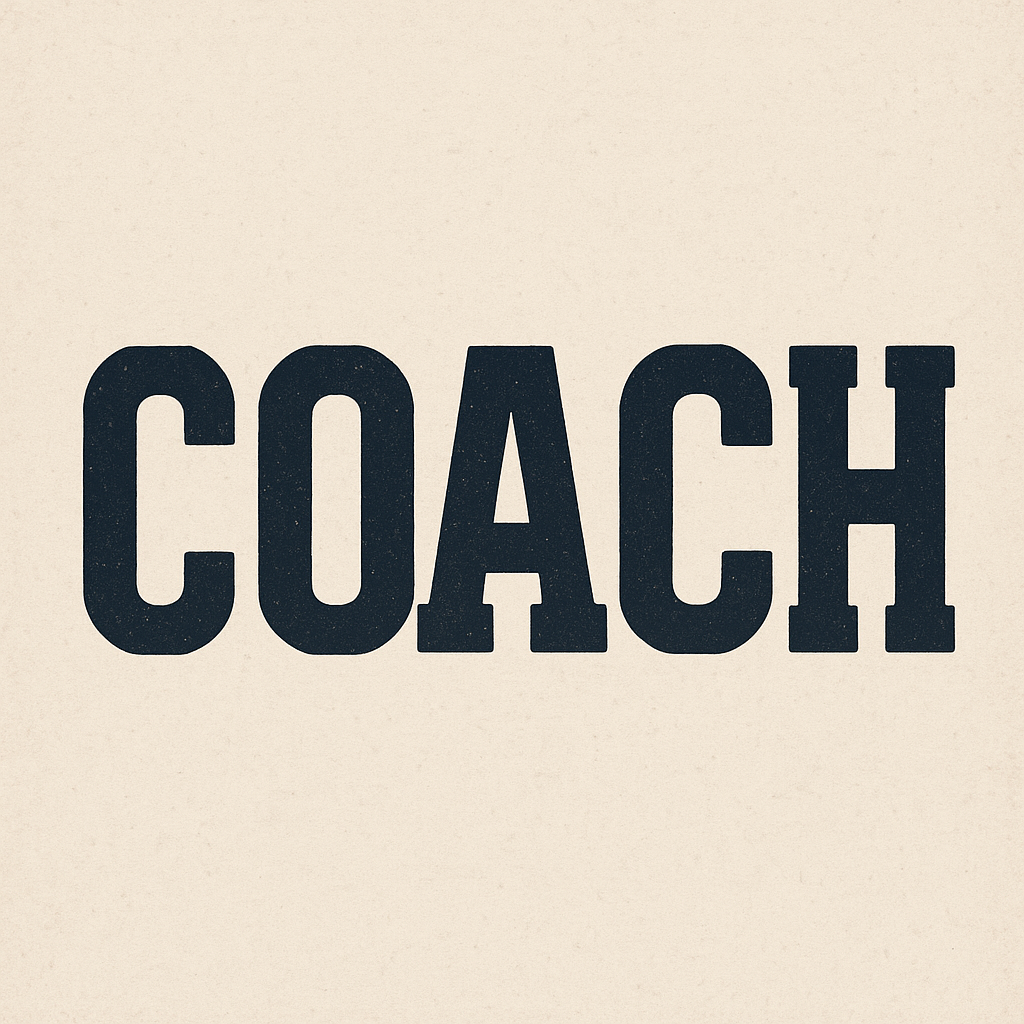
In the world of sports, athletes are often celebrated for their talent, determination, and success. We see the game-winning plays, the championship moments, and the highlight reels — but behind every great athlete stands a figure who rarely gets the same spotlight: the coach. A coach is much more than someone who teaches skills. A coach is an architect of growth, laying down the foundation upon which an athlete builds their future — both as a player and as a person. Without this foundation, even the most gifted athletes may never realize their true potential. The Human Foundation: Building the Person First Before any bat is swung, any ball is thrown, or any play is called, the first and most crucial layer a coach establishes is the human layer. Sports are, at their core, human endeavors. They are games played with heart, mind, and spirit, not just muscle and mechanics. A coach’s role in shaping the human side of an athlete includes: Instilling discipline and accountability: Teaching young athletes that success is not just about talent, but about daily habits, hard work, and taking responsibility. Fostering emotional resilience: Helping athletes navigate the highs of victory and the lows of defeat, building mental toughness and humility in the process. Promoting integrity and sportsmanship: Guiding athletes to play the game with respect — for themselves, their teammates, their opponents, and the sport itself. Encouraging leadership and teamwork: Developing athletes who can lead not just through words, but through action, inspiring those around them. Through countless practices, team talks, and one-on-one conversations, coaches plant the seeds of character, perseverance, and self-worth that will outlast any season or championship. The Technical Foundation: Sculpting the Athlete Once the human framework is strong, a coach turns to the technical foundation — the skills, strategies, and physical tools needed to perform at the highest level. Without technical mastery, raw potential remains just that: potential. Here, the coach becomes part artist, part engineer: Breaking down complex mechanics into teachable components, from the fluidity of a perfect swing to the efficiency of footwork around a base or a court. Designing progressive drills and practices that challenge the athlete just enough to spark growth without overwhelming them. Analyzing performance critically yet constructively, offering precise feedback that refines and perfects. Innovating and adapting with the evolution of the game — whether it's embracing new technology, training methods, or analytical tools — ensuring athletes stay ahead of the curve. The technical side of coaching is about more than just repetition; it's about intelligent, intentional development, matching an athlete’s natural gifts with the work ethic and mastery needed to thrive. The Balance: Human and Technical Growth Together True coaching mastery lies in the ability to balance human growth and technical development simultaneously. A coach who focuses only on skill but neglects character may produce a technically gifted athlete who struggles with adversity or teamwork. Conversely, a coach who inspires great character but ignores technical demands may fail to prepare an athlete for the competitive realities of their sport. Both are essential. Both must be nurtured. The most successful athletes — the ones who shine brightly on the field and go on to shine even brighter in life — are products of this complete foundation. They possess the skills to compete and the character to lead. The Legacy of a Coach Long after the scoreboard is forgotten and the trophies gather dust, the impact of a great coach remains. It’s seen in the adult who applies the lessons of perseverance learned during grueling practices to their career. It’s heard in the voice of a former athlete encouraging their own child with the same wisdom once shared by their coach. It’s felt in the quiet moments of resilience, leadership, and integrity when life presents challenges far greater than any sporting contest. In every way that matters, the coach is the first builder of dreams. They are the steady hand guiding young athletes not just to better performance, but to better versions of themselves. In the end, it is the coach who: Lays the first stone of growth. Builds the frame of character and skill. Teaches athletes how to build higher and dream bigger. And it all starts with a simple, powerful belief: "You are capable of more than you realize — and I am here to help you find it."
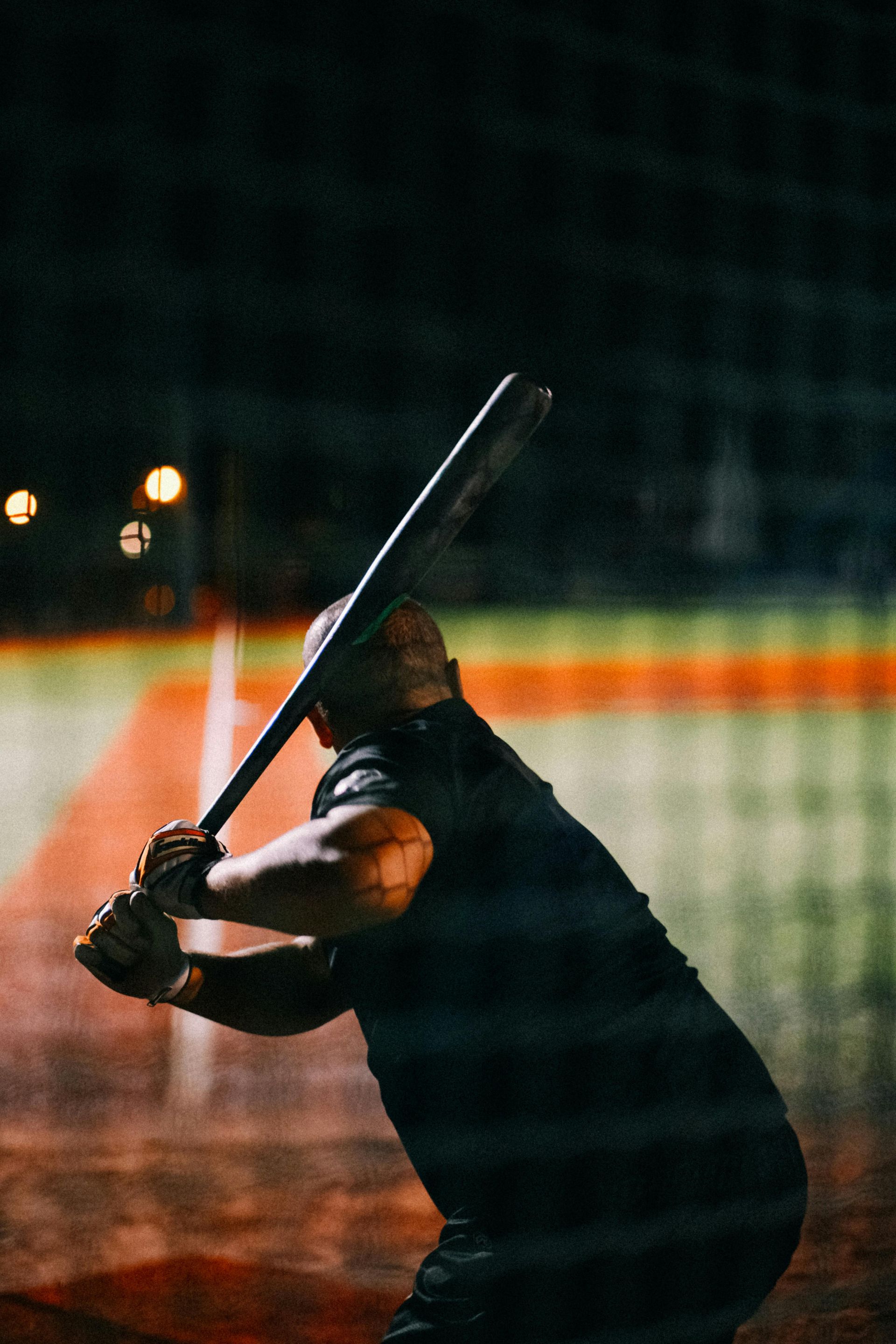
Why You Shouldn’t Aim Your Bat When Swinging ⚾️ In baseball and softball, a successful swing isn’t about aiming—it’s about reaction, mechanics, and trust in your training. Many hitters make the mistake of trying to guide the bat toward the ball, but this actually slows reaction time and disrupts the natural flow of a powerful swing. Instead, a good hitter focuses on timing, proper mechanics, and hand-eye coordination. 👀💪 Here’s Why You Shouldn’t Aim Your Bat: 1. 🚀 Slower Swing Speed – Aiming forces you to guide the bat rather than swinging fluidly, which reduces power and bat speed. 2. ⚙️ Loss of Natural Mechanics – A proper swing should be short, compact, and explosive, allowing for adjustability rather than a pre-planned aim. 3. ⏳ Late Adjustments are Crucial – Pitchers change speeds and locations, so instead of aiming, hitters must rely on reacting to the pitch and making quick adjustments. 4. 👀 Focus on the Ball, Not the Bat – The eyes track the ball, and the body naturally follows through with proper mechanics to make solid contact. 5. 🔥 Maximizing Power and Control – A proper swing generates power through the hips, core, and hands, which can’t happen effectively if you’re trying to aim instead of swinging aggressively through the ball. What to Do Instead: ✅ Track the ball early out of the pitcher’s hand. 👁️ ✅ Trust your mechanics and take a natural, aggressive swing. 💥 ✅ React to the pitch location rather than pre-determining where you want to hit it. 🎯 ✅ Let the ball travel and focus on making solid contact rather than steering the bat. The best hitters trust their training, react to the ball, and swing with intent—not hesitation! 🏆 Keep Your Eyes on the Contact Point 👀 One common mistake hitters make is following the ball with their eyes after contact. Keeping the head still is essential for maintaining proper hitting mechanics. Here’s why: 1. ⚖️ Head Stability for Balance & Power – When a hitter follows the ball with their eyes after contact, their head moves, causing their body to shift or lose balance. Keeping the head still helps maintain a strong, balanced swing. 2. 🛤️ Proper Bat Path & Extension – If the eyes track the ball after contact, the shoulders can pull out, leading to an early rollover or weak contact. Keeping the head down allows the hitter to extend through the ball and drive it with more power. 3. 🎯 Focus on Contact Point – Good hitters train their eyes to track the ball to the contact point rather than looking up too early. Looking up too soon can lead to mis-hits or popping up the ball. 4. 🔍 Head Movement Affects Vision – The more the head moves, the harder it is to track the ball effectively. A steady head helps keep the swing compact and efficient. A great way to reinforce this is to tell hitters to "See the blur" or "Keep your nose on the ball" through contact before naturally finishing the swing. Drills like slow-motion swings, tee work, and soft toss can help build this habit. 🏋️♂️ Why Keeping Your Hands Above the Ball Matters ✋⚾ Another key component of a successful swing is keeping your hands above the ball. This helps with barrel control, bat path efficiency, and consistent contact. Here’s why: 1. 📏 Promotes a Level or Slightly Downward Bat Path o Prevents an exaggerated uppercut, which can lead to pop-ups or weak contact. o Encourages a compact, direct swing path to maximize solid contact. 2. 🎯 Increases Backspin for Line Drives o Staying above the ball helps create backspin, allowing the ball to carry farther. o Ideal for driving balls into gaps rather than hitting weak grounders or easy flyouts. 3. ⚡ Maintains Strong Plate Coverage o Proper hand position allows hitters to handle different pitch locations more effectively. o Staying above the ball helps cover the entire strike zone, especially when dealing with fast pitches or breaking balls. 4. 🔥 Generates More Power and Control o A shorter, more direct swing path means the bat gets to the ball quicker, allowing hitters to react to off-speed pitches. o This also helps keep the bat head in the hitting zone longer, increasing the chances of making solid contact. 5. 🛑 Prevents Rolling Over Too Early o If your hands drop too soon, the barrel can dip, causing weak grounders or lazy fly balls. o Keeping the hands above the ball ensures you stay through the zone and drive the ball effectively. 6. 🚀 Enhances Bat Speed and Quickness o A short, compact swing with hands above the ball allows for a quicker and more explosive bat path. o Crucial for reacting to high-velocity pitching. 🎯 By focusing on proper swing mechanics rather than aiming, hitters can maximize their power, consistency, and ability to adjust to different pitches. Train your swing to be natural, aggressive, and fundamentally sound—because the best hitters react, not aim! ⚾🔥
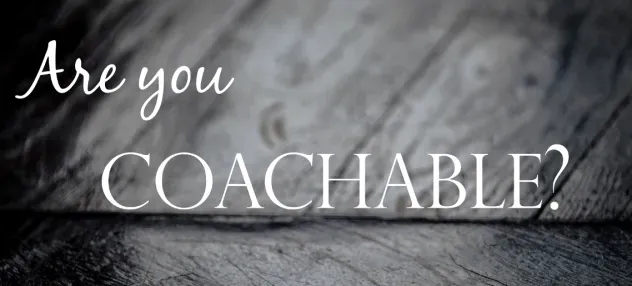
Success in sports isn’t just about physical talent—it’s about being coachable. For young athletes, embracing coachability fosters growth, teamwork, and improved performance. Here’s why this skill is essential and how parents and coaches can help nurture it. What Is Coachability? Being coachable means being open to learning, adapting, and growing under guidance. It involves actively listening to feedback, implementing changes, and striving to improve. Coachable athletes embrace self-awareness, recognizing their strengths and areas for growth. They ask questions, seek clarification, and engage in the learning process, creating a supportive team environment. Why It Matters Coachability is the foundation for continuous improvement. Athletes who accept feedback and adjust their approach see enhanced skills, better performance, and stronger relationships with their coaches. This mindset also builds resilience, helping athletes handle setbacks while staying focused on their goals. Developing Coachable Traits Athletes can build coachability by: ~Listening actively to coaches and teammates. ~Setting goals to focus on areas for improvement. ~Practicing self-assessment to identify strengths and weaknesses. ~Creating a safe environment for learning with support from parents and coaches. Benefits of Coachability ~Improved Performance: Openness to feedback refines techniques and strategies, leading to better execution. ~Stronger Teamwork: Coachable athletes foster trust, collaboration, and positive team dynamics. ~Personal Growth: Skills like adaptability, resilience, and a growth mindset prepare athletes for success on and off the field. By prioritizing coachability, young athletes unlock their potential and gain tools for lifelong success.
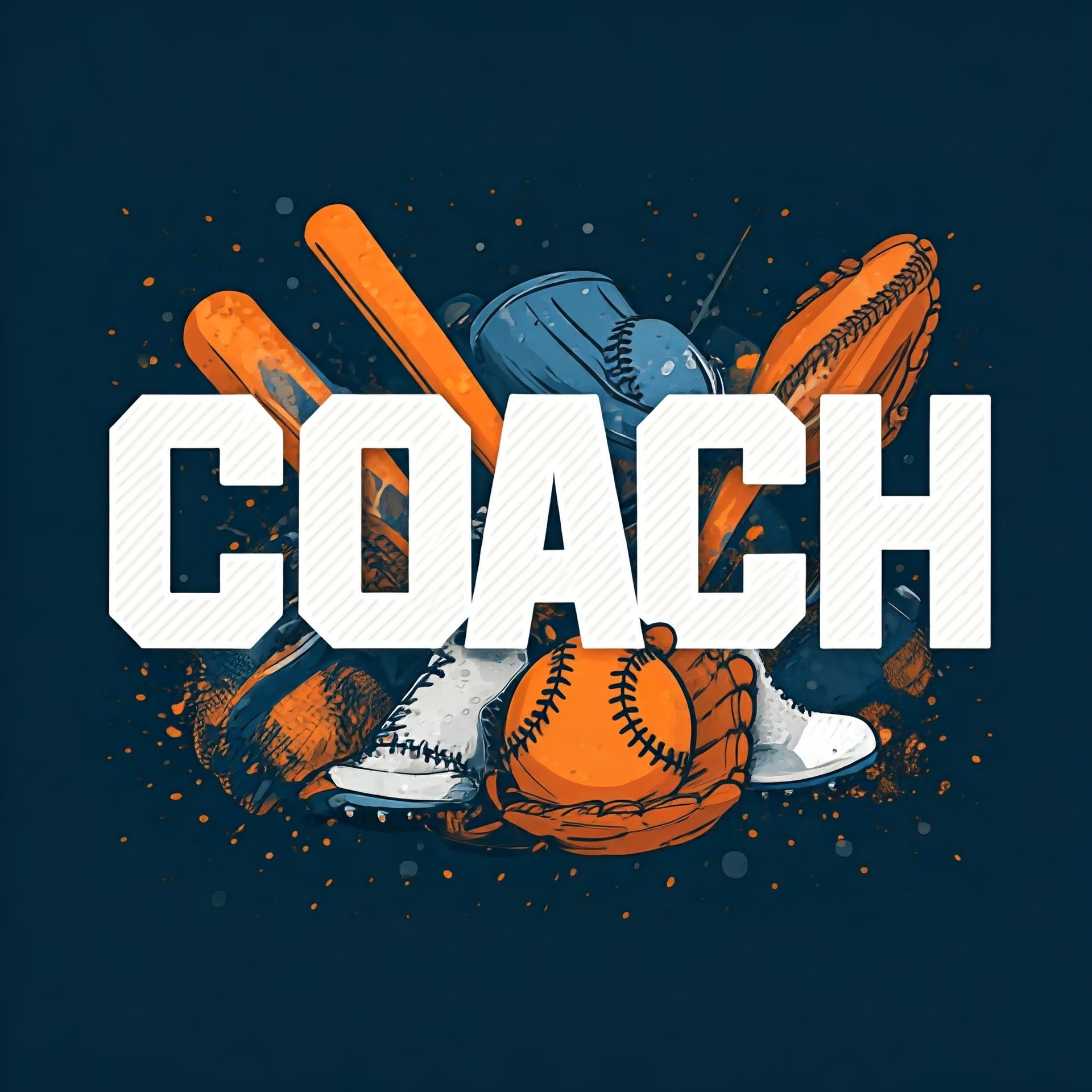
Private coaching offers youth athletes the opportunity to address their weaknesses in a focused environment, free from the dynamics of team settings. In a team, athletes often find themselves following the lead of others, which can limit their ability to concentrate on personal growth and skill enhancement. With private coaching, athletes can take their time to learn, make mistakes, and progress at their own pace, without the pressure of keeping up with teammates. This individualized attention fosters a supportive atmosphere where athletes can truly thrive. Engaging in one-on-one coaching not only helps athletes refine their skills but also builds their confidence through accountability and targeted feedback. A private coach tailors the training approach to suit the athlete's unique needs, ensuring that foundational skills are developed effectively. This personalized relationship is crucial for young athletes who are serious about their sport, as it allows them to identify areas for improvement and implement a strategic development plan. Contrary to common belief, private coaching is not just for those struggling; it is a valuable resource for any athlete aiming to elevate their performance and achieve their goals.
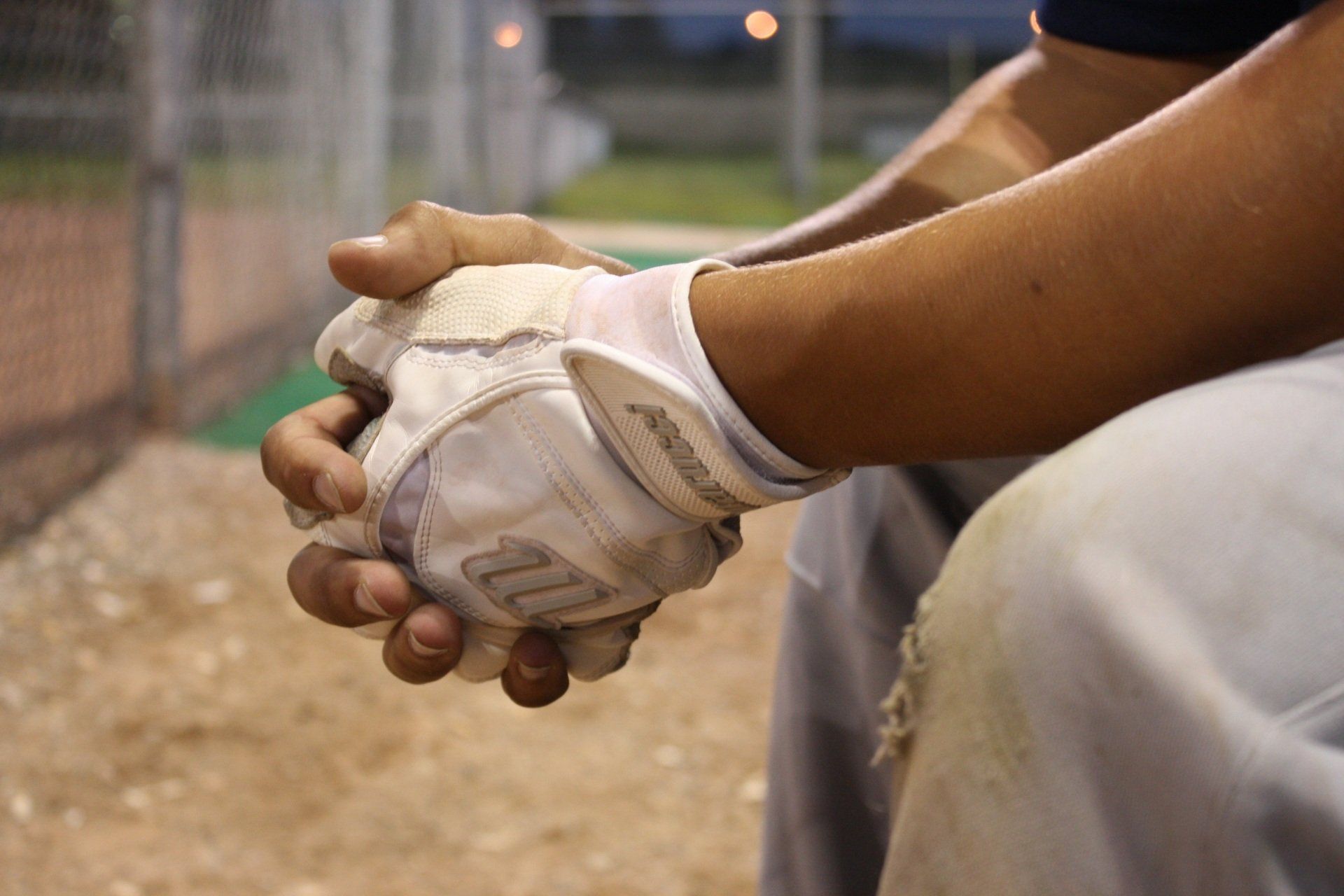
Is there a difference between a baseball and a softball swing? ~No, there isn't. The real question should be, "What is the difference between a softball hitter and a baseball hitter?" The answer really depends on the player, the hitting instructor, or the coach. As a hitting instructor, I help young female athletes harness their power and create their presence at the plate. Every athlete is different, so their setup is individually unique, but the way the weight is transferred in a rotational aspect is the same. The path the bat connects with the ball is also the same. Here are the facts..... Each player, whether male or female, will have a different stance, load, and stride. However, the rotational movement of transferring weight from the back side to the front, bringing hands to the ball, and making good contact remains the same. This should be followed by an equally impressive extension, finishing with a straight front leg, bent rear leg.
